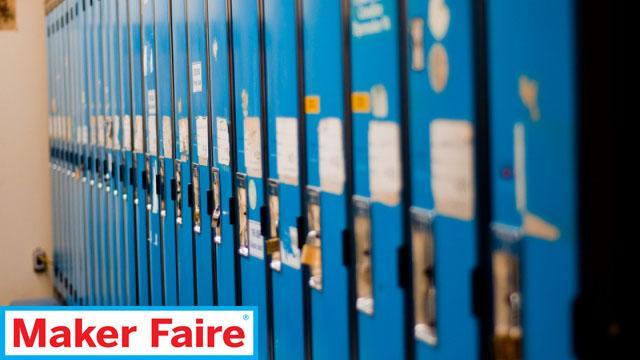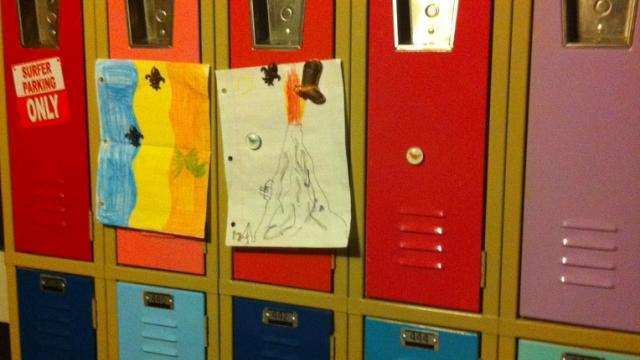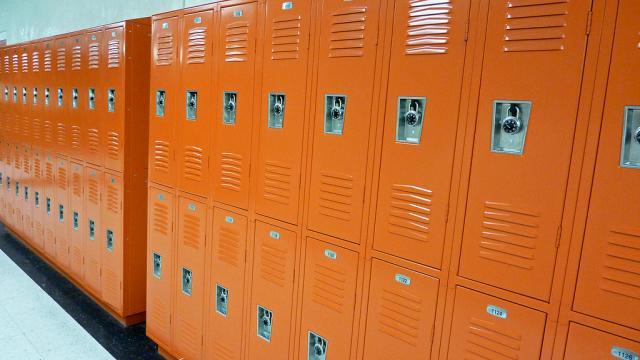We are designing a locker that is effective, cost-efficient, and is appealing. The locker will address all of these needs: easier lock combinations, better storage, updated electronics, and cute designs. To do this we will use the design process which includes the following steps: identify a problem, generate concepts, develop a solution, construct and test a prototype, evaluate the solution, and present a solution.
mackenzie laney's work for the Collect Information step:
Summary
The purpose of a locker is to store possessions during the school day so you do not have to carry everything around all day.
Here is a picture of the lockers at our school. The features include hooks, air vents, and a...
1 comment
Our lockers are 26.5 inches tall, 10 inches wide, and 14 inches deep. A typical textbook is 11...
Items usually kept in a locker are textbooks, gym clothes, lunches, nothing personal so nothing...
We like the idea of bigger because if we had more room in our lockers we would keep our backpacks...
We dislike the idea of top and bottom lockers because the people with bottom lockers get walked on...
mackenzie laney's work for the Brainstorm Ideas step:
Summary
Make a list of all the things you like about your current locker. Ask several friends for their opinions.
We used the concept of bee hives and honeycombs to create this sketch which has separate storage...
We think lockers should have electrical outlets so we can charge our phones and ipods during school.
In this sketch we made the locker taller and wider so that out textbooks will fit better and...
In this sketch we put a mini-fridge and microwave inside each locker so that students can keep...
mackenzie laney's work for the Develop Solutions step:
Summary
We constructed a prototype out of a shoebox to demonstrate our ideas. The prototype is not to scale.
Our prototype locker has a mini-fridge, microwave, electrical outlet, and honeycomb storage...
mackenzie laney's work for the Final Design step:
Summary
Our final design has a mini-fridge, microwave, electrical outlet, honeycomb storage compartments, a touch-pad lock and customizations such as a white board calendar, chandelier, mirror, and name plate
Here is the inside of our locker. It includes a mirror, calender, mini-fridge, microwave, honeycomb...






















